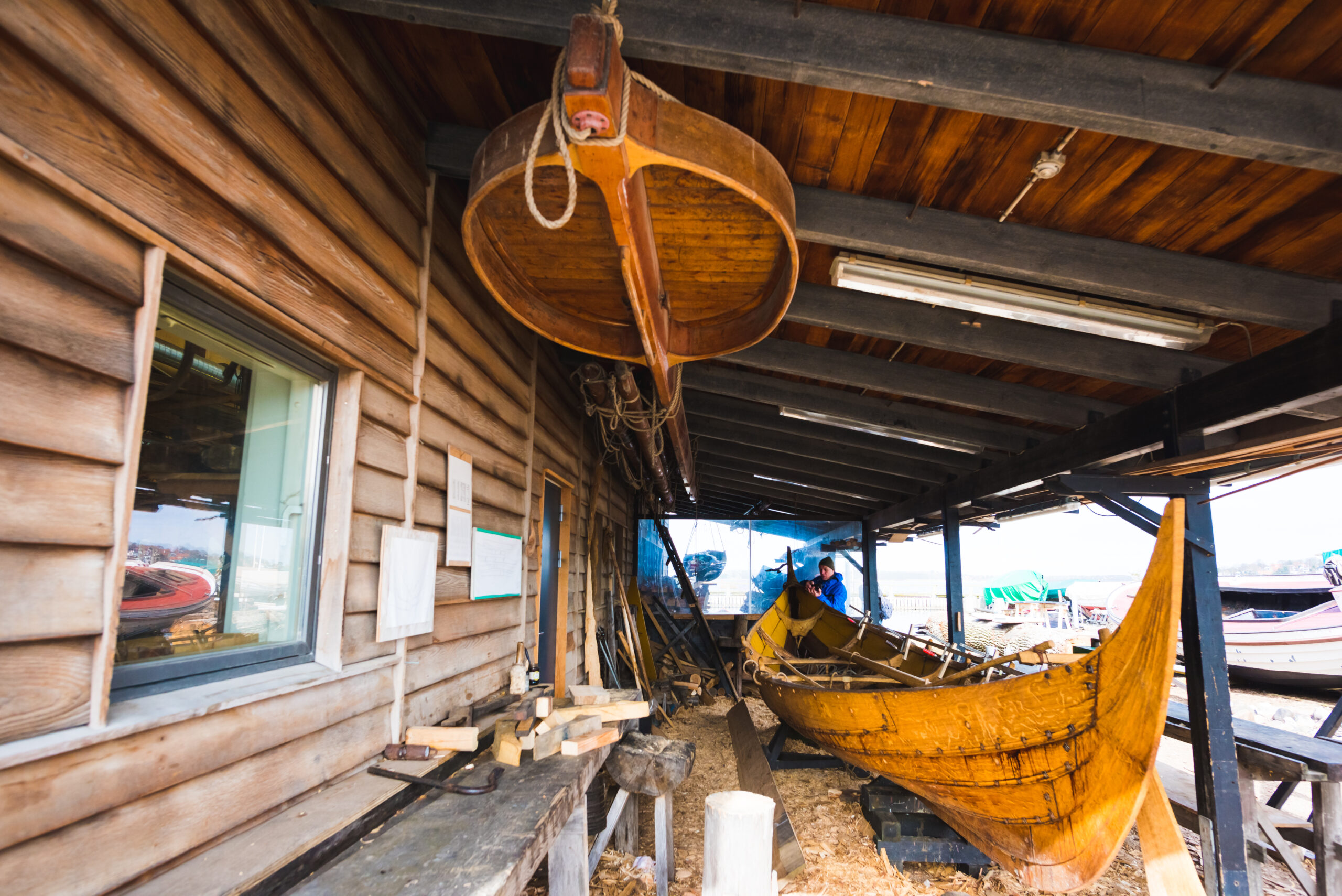When it comes to natural disasters, preparation can make all the difference. Whether it’s hurricanes, earthquakes, floods, or wildfires, understanding your risks and preparing accordingly is vital for safeguarding your family. Here’s how you can disaster-proof your life with essential steps every household should take.
*Understanding the Risks: Assessing Your Vulnerabilities**
The first step in disaster preparedness is assessing the specific risks that affect your area. Are you living in a flood zone? Is your region prone to seismic activity? Understanding these vulnerabilities allows you to tailor your preparedness plan effectively. Start by researching local hazards through government resources or community organizations. Take note of historical data regarding past disasters and identify any patterns that may inform your planning. Engaging with neighbors can also provide valuable insights—after all, they’ve experienced similar challenges and can share their own strategies for coping.
*Building Your Emergency Kit: What to Include**
Once you have assessed potential risks, it’s time to gather an emergency kit tailored to those threats. Essential items should include non-perishable food supplies, clean drinking water (at least one gallon per person per day), a flashlight with extra batteries, a first-aid kit, and necessary medications. Don’t forget about sanitation supplies such as moist wipes and garbage bags! Other important inclusions are multi-tools or Swiss Army knives, blankets for warmth, and even cash in small denominations—credit card machines may not work during emergencies. Aim for a kit that can sustain each family member for at least three days while maintaining mobility; consider packing everything into durable backpacks or containers that are easy to carry if evacuation becomes necessary.
*Creating a Family Emergency Plan: Communication and Evacuation Strategies**
An emergency plan is crucial in ensuring that everyone knows what to do when disaster strikes. Gather your family together to discuss potential scenarios and outline communication protocols. Designate an out-of-area contact whom everyone can reach if local phone lines fail; this person will serve as a central point of information during crises. Identify safe meeting spots both near home and further away—think parks or community centers where you could regroup after evacuating.
Additionally, develop clear evacuation routes from home based on various disaster types; practice these routes regularly so everyone feels comfortable navigating them under pressure. Be sure every family member understands their role in the event of an emergency—a well-rehearsed plan minimizes panic when seconds count!
*Staying Informed: The Importance of Emergency Alerts and Resources**
In our digitally connected world, staying informed is easier than ever—but only if you know where to look! Subscribe to local news alerts via apps specific to weather changes or emergencies in your area. Many regions also offer text alert systems that notify residents about impending dangers like severe storms or evacuation orders.
Thank you for reading this post, don't forget to subscribe NOW for FREE!
Familiarize yourself with local resources such as shelters or recovery centers; knowing where these are located ahead of time will save precious moments during an actual crisis.
*Practicing Preparedness: Drills and Regular Reviews for Household Readiness**
Finally, regular practice solidifies preparedness efforts within the household. Conduct drills that simulate different disaster scenarios so everyone understands what actions they need to take without second-guessing themselves in real situations.


Equally important is scheduling periodic reviews of your emergency plans and kits; needs change over time! Ensure supplies remain stocked and up-to-date while revisiting communication protocols as children grow older or circumstances shift.
By taking proactive measures today—assessing risks, building kits, creating plans—you’ll be better prepared tomorrow when disaster threatens your peace of mind! Remember: preparedness isn’t just about surviving—it’s about thriving even amid chaos!






